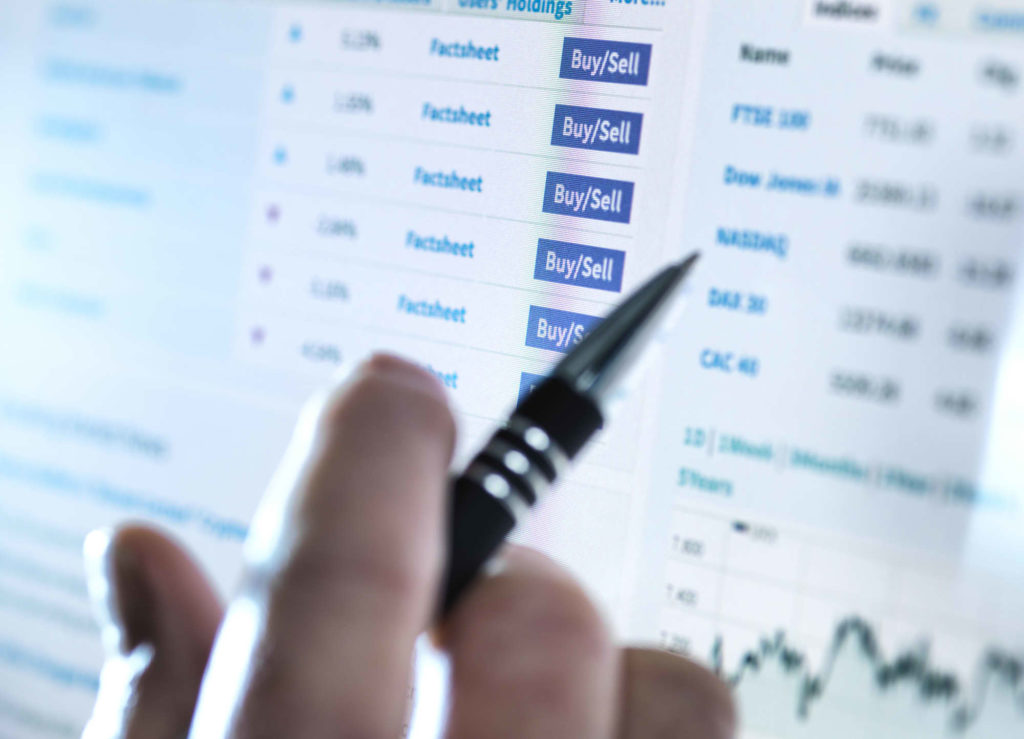
A dividend aristocrat is heading for the chopping block.
And if you own its shares, you’ll want to sell before the aristocrat loses its head and you lose your money.
It’s been a good run – 47 years of annual dividend growth – for Walgreens Boots Alliance (NYSE: WBA). But the end is near.
Why am I so sure?
I have five variables (rules) I consider when vetting dividend sustainability.
- Revenue Growth
- Earnings Growth
- Operating Cash Flow
- Dividend Payout Ratio
- Debt Level
And none of the variables trend favorably for Walgreens.
Revenue Growth
Walgreens’ top line is growing but at a glacial pace.
The retail pharmacy giant recorded $131.5 billion in revenue in 2018. It recorded $132.7 billion last year. Revenue for the trailing 12 months was $136.1 billion.
Keep in mind that the numbers are nominal. Inflation was running has high as 8% annually last year. Walgreens wasn’t necessarily selling more, it was simply receiving more for each item sold.
From $131.5 billion to $136.1 billion is nothing when inflation is a factor.
Earnings Growth
Walgreens reported $5.05 of earnings per share in (EPS) in 2018. It reported $5.01 in 2022.
As for this year, the company has guided for $4.01 per share.
As for next year, Wall Street expects even less. The consensus estimate is $3.89 per share.
Walgreens earnings trend is hardly an investor’s friend.
Operating Cash Flow
Earnings can be reduced by non-cash items like depreciation and amortization charges. Operating cash flow is straightforward. It’s basically revenue minus expenses.
Here, again, we see an ominous trend.
Walgreens reported $8.2 billion operating cash flow in 2018. It reported less than half that, $3.9 billion, last year.
You need cash to pay a dividend. Walgreens paid nearly $1.7 billion in dividends last year. That’s nearly half the operating cash flow.
Debt Level
Walgreens reported $8.8 billion in long-term debt for the lasted reported quarter. The level is within reason, and the amount has been continually reduced over the past five years. That’s a good thing.
But debt service costs money.
Walgreens paid $7.2 billion last year to service all its debt and capital leases. Debt service is a significant, unavoidable expense.
Dividend Payout Ratio
Walgreens paid 32% of its earnings as dividends in 2018.
It will pay 48% of its earnings as dividends this year if all goes to plan.
And if the Wall Street consensus EPS estimate of $3.89 is right for 2024, Walgreens will pay 49% of its earnings as dividends next year. That’s assuming no dividend growth.
And speaking of dividend growth, it is growth in name only.
Walgreens has increased the dividend at a 1.8% average annual rate over the past five years and at a 0.90% average annual rate over the past three years.
The dividend was increased by an imperceptible 0.40% last year to $0.48 per share from $0.478 per share.
We’ll find more issues at the macro level
Walgreens, like many retailers, has been plagued by organized gangs of thieves shoplifting hundreds of millions of dollars in merchandise annually. (Shoplifting is charmingly referred to as “shrinkage” in politically correct language.)
Competition is the greater issue.
Online drug discount dispensers like Amazon (NASDAQ: AMZN) and Cost Plus Drugs, a new deep-discount generic drug dispenser founded by Mark Cuban. Pharmacy sales are the lifeblood of the Pharmacy giants like Walgreens and CVS Health (NYSE: CVS).
Walgreens shares yield 7.3% – its highest dividend yield in years.
Don’t be seduced by the high-yield Siren song.
The high yield is the product of a downward-trending share price.
The shares hovered around $85 five years ago. They hover around $26 today.
And you can be sure that if the dividend is cut and Walgreens loses its aristocratic standing, $26 will not be the bottom.
Good Fortunes,
Steve Mauzy
 Facebook
Facebook
 Twitter
Twitter